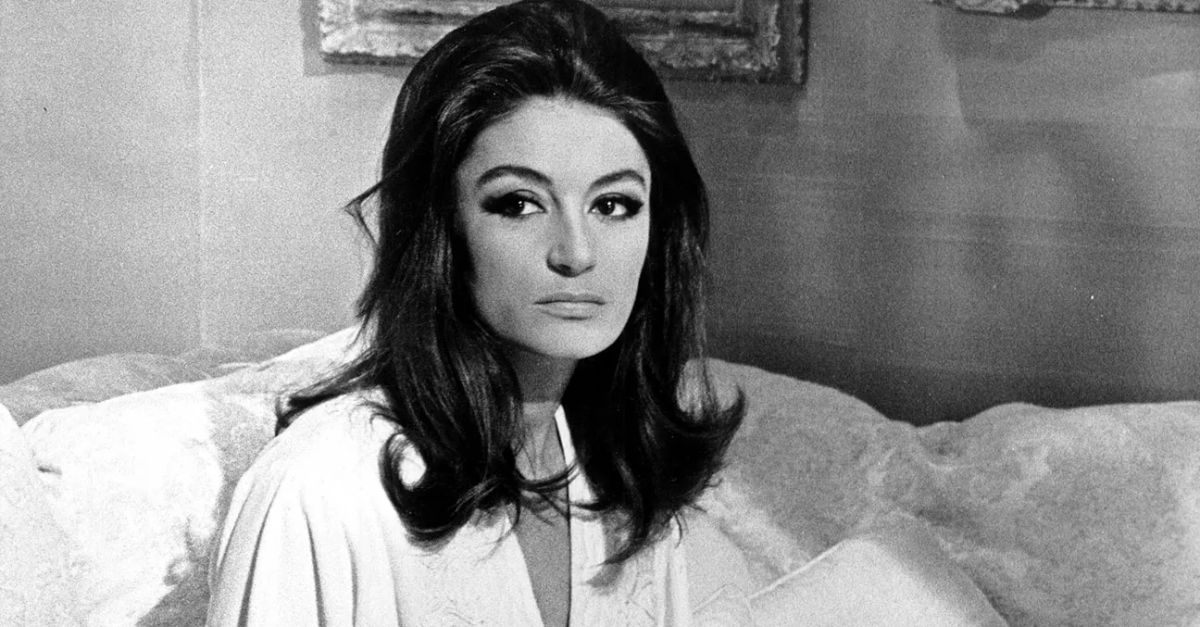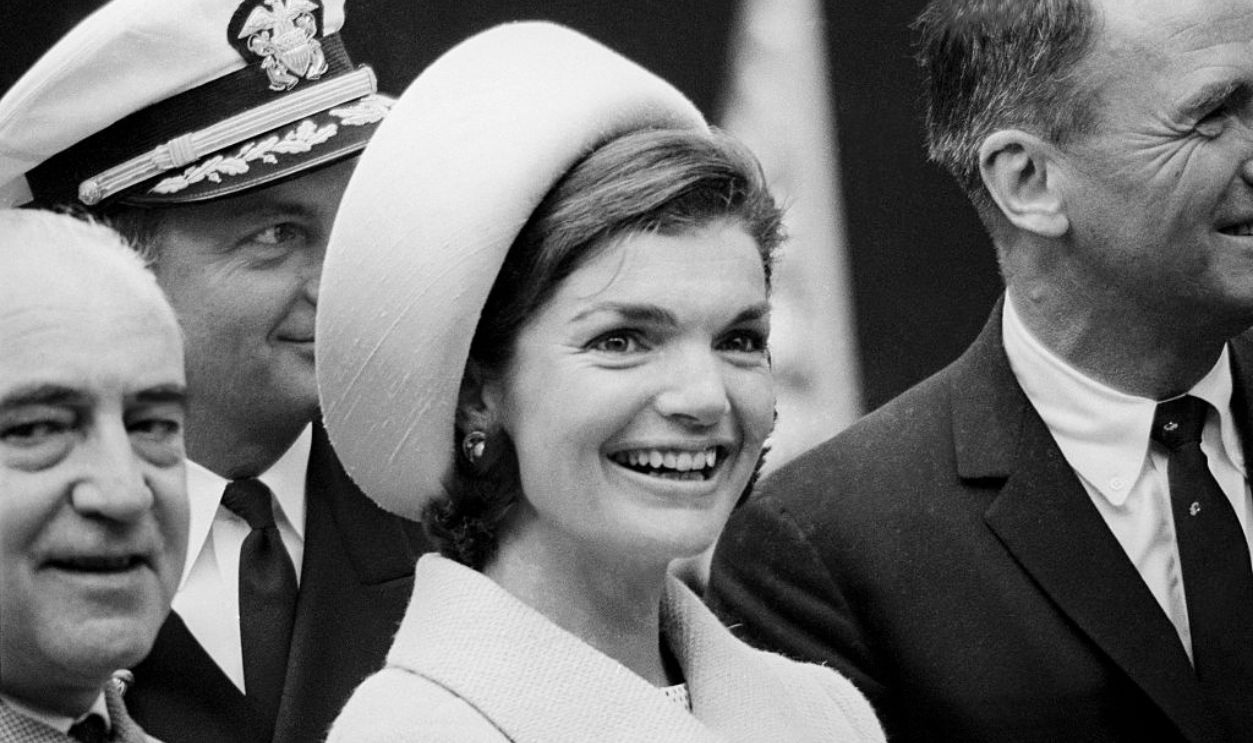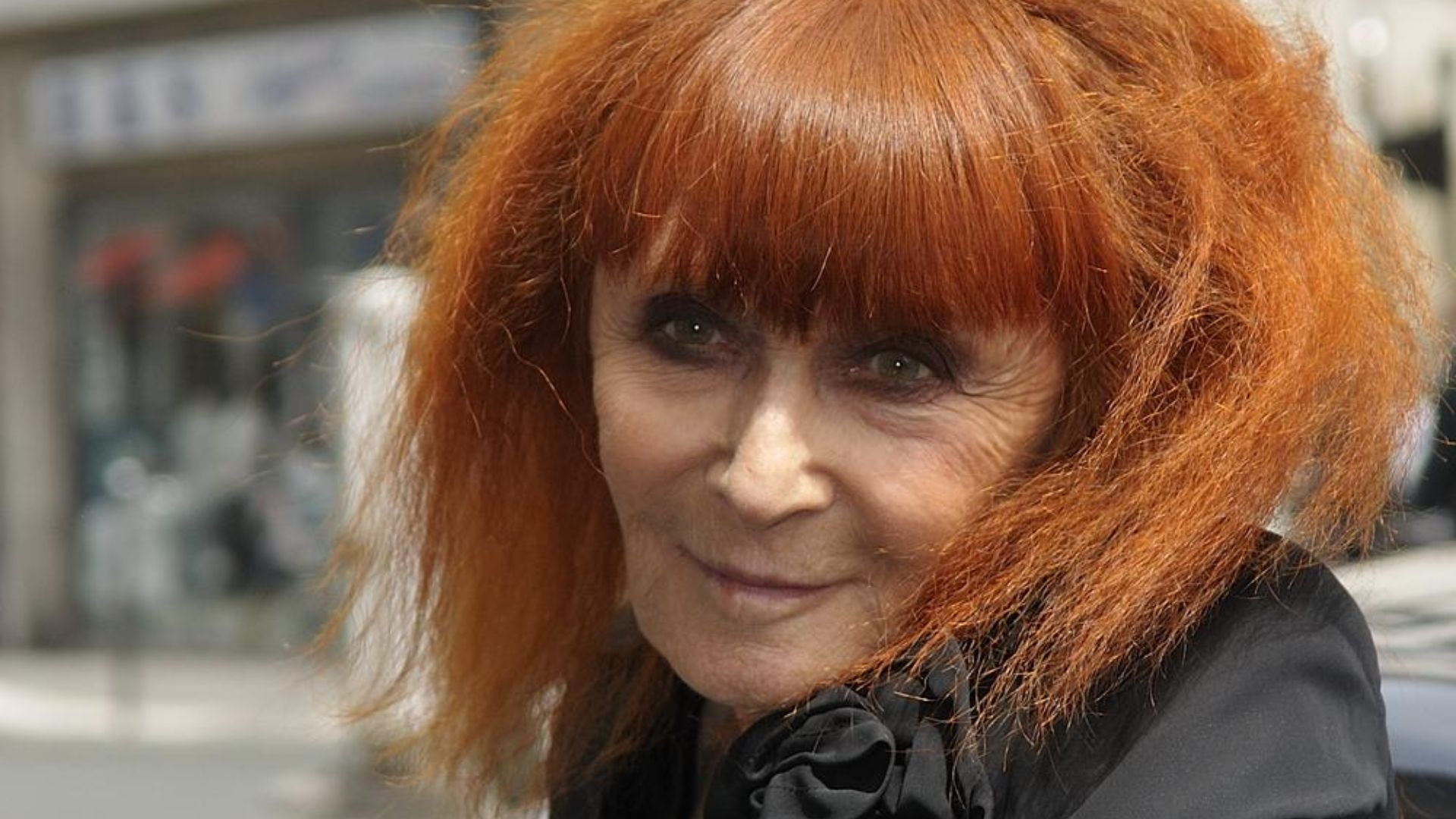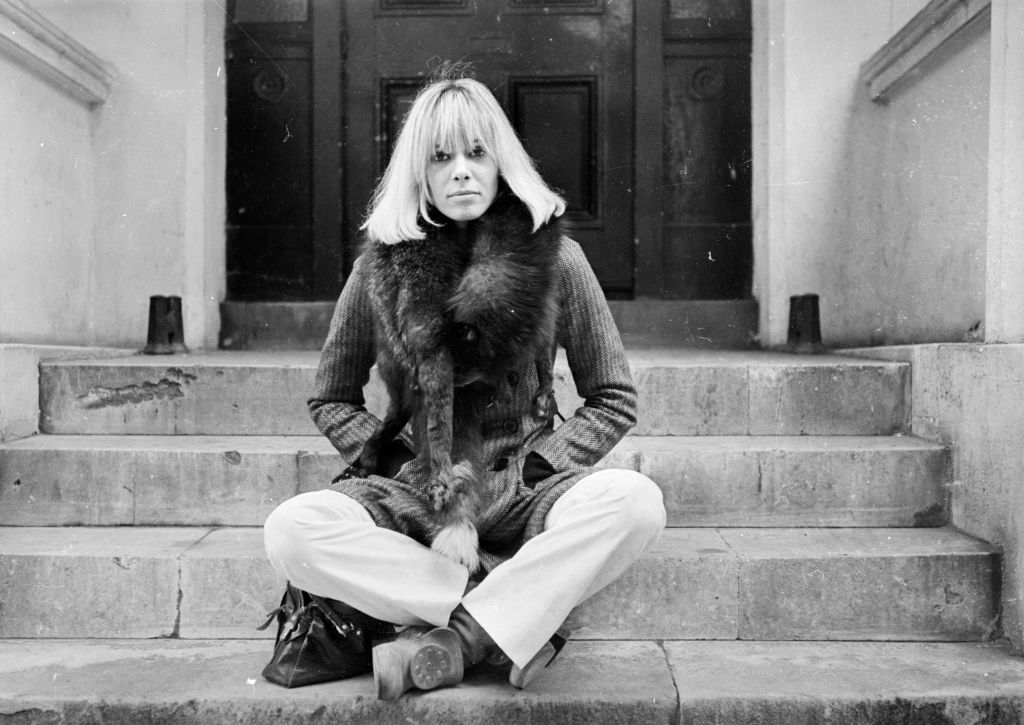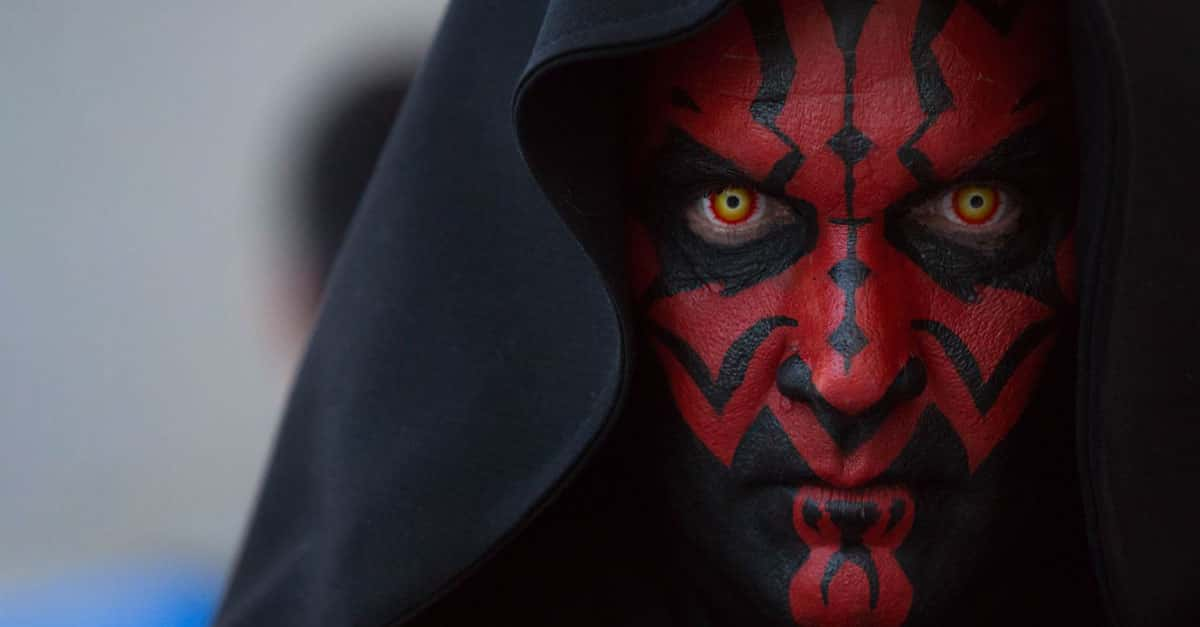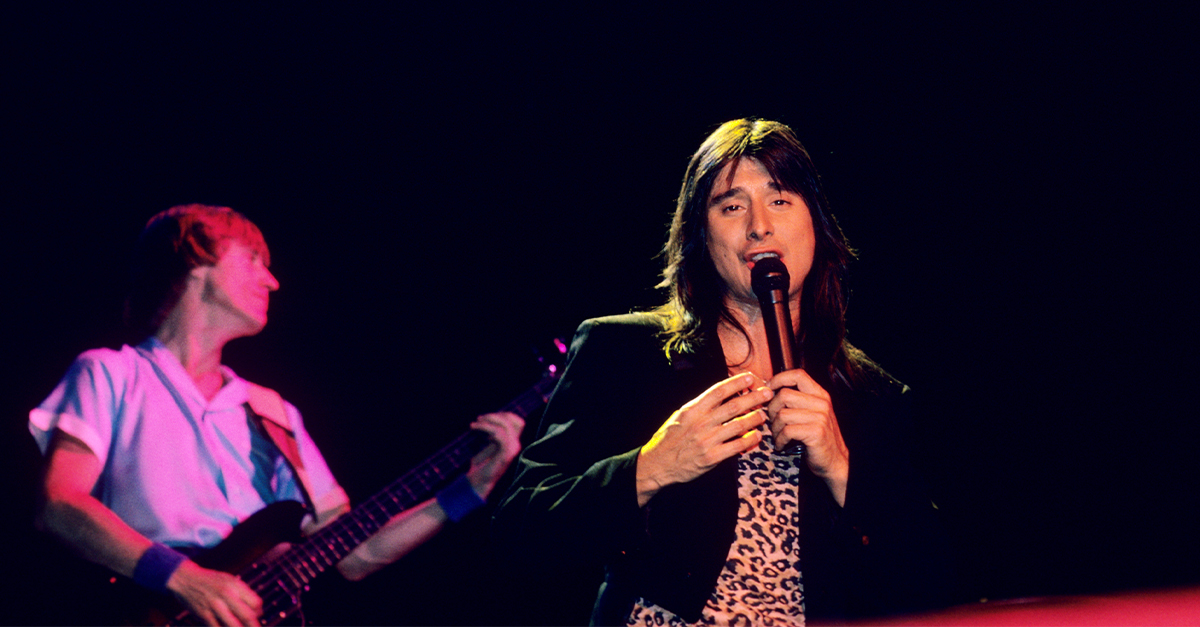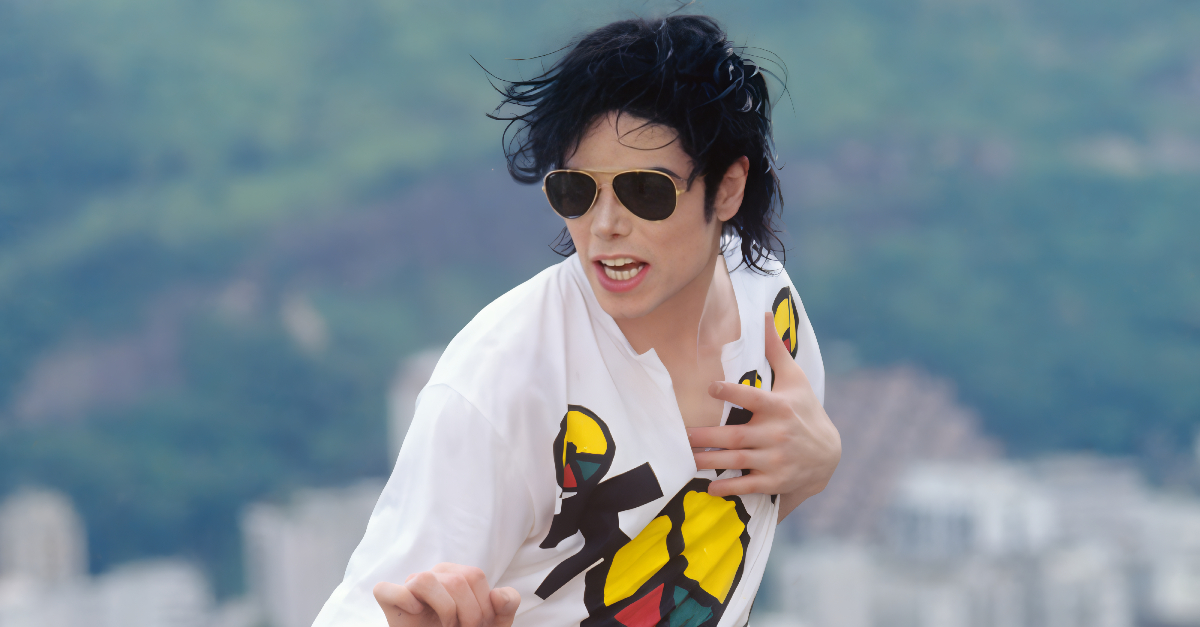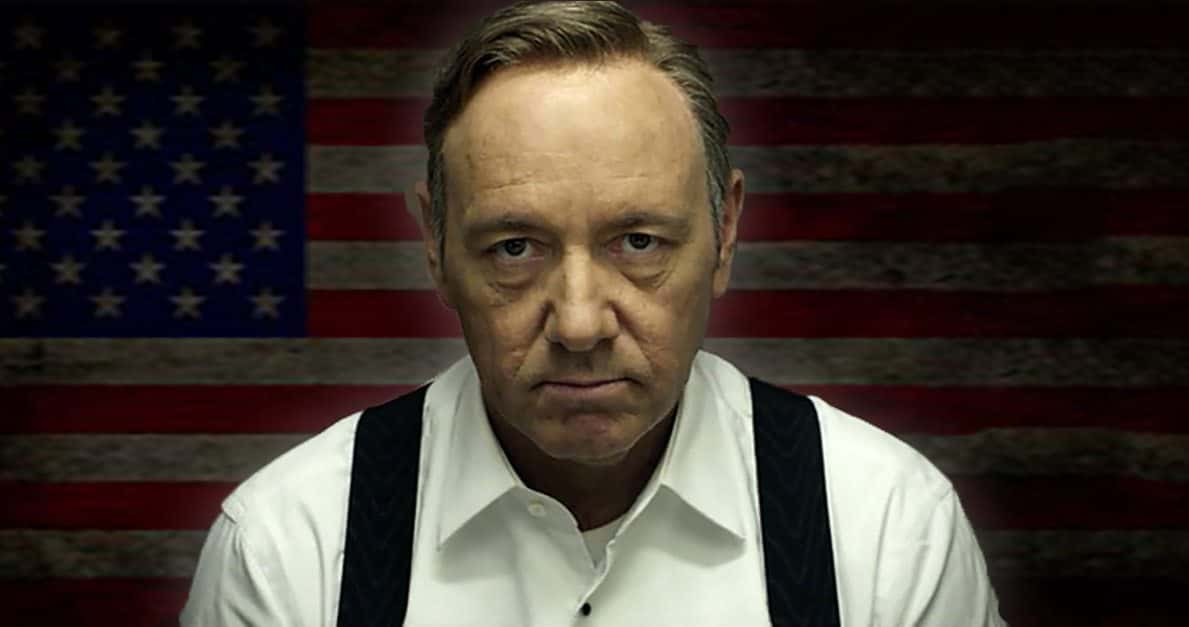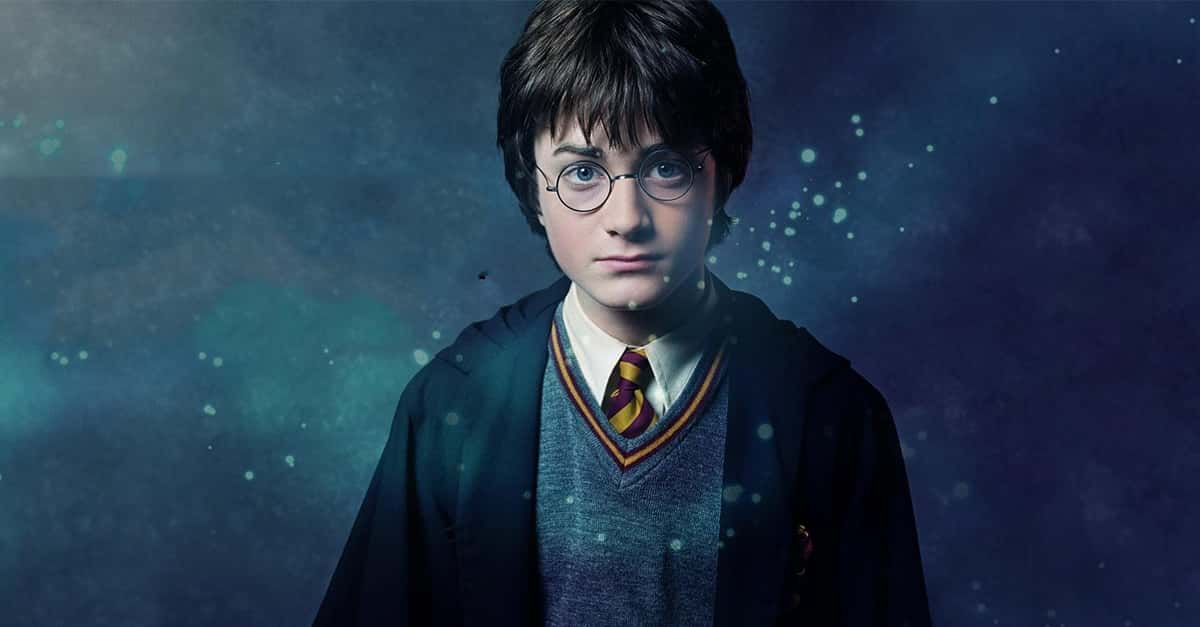Powerful And Elegant
Bold minis, bigger hair, louder prints, and scarves everywhere. In the 1960s, every fashion rule was rewritten, and these 44 women did it best.
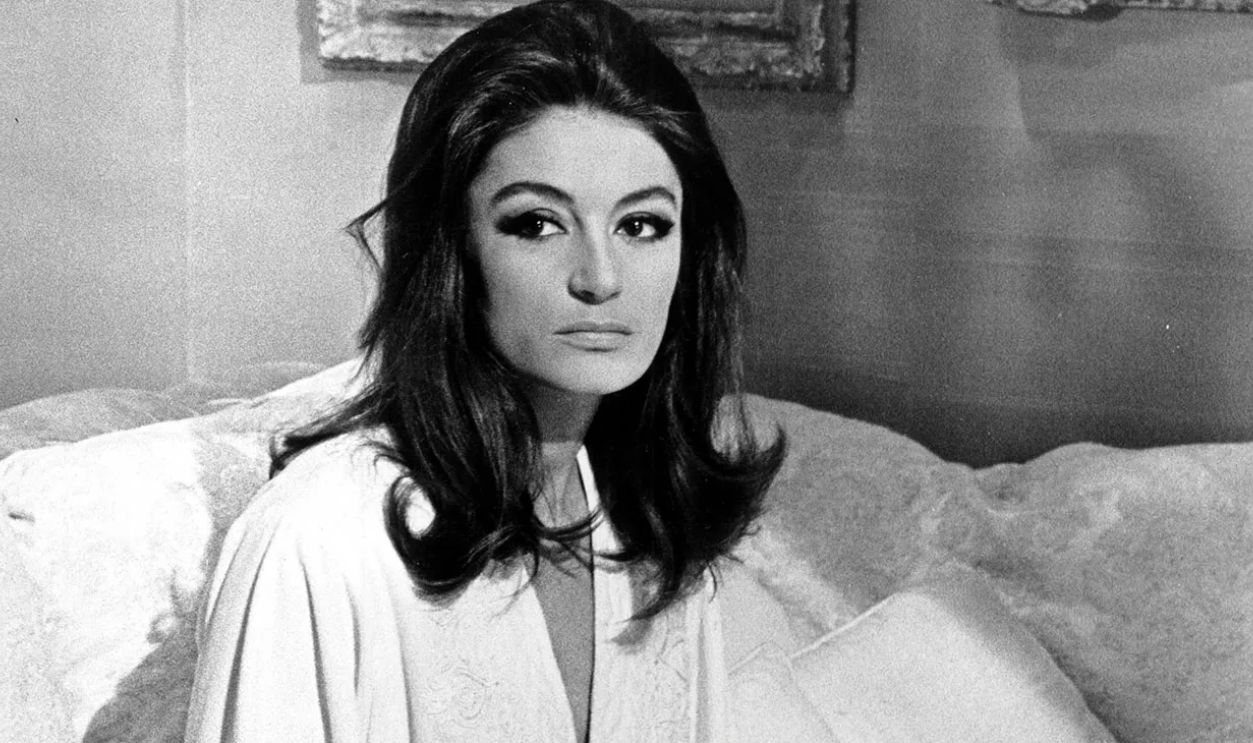
Audrey Hepburn
Her black dress in Breakfast at Tiffany's (1961), designed by Hubert de Givenchy, became one of cinema's most iconic garments. Hepburn's minimalist elegance reflected her lifelong partnership with Givenchy. She helped bridge European haute couture with postwar American fashion to reshape everyday chic into something effortlessly elevated.
 TIMOTHY A. CLARY, Getty Images
TIMOTHY A. CLARY, Getty Images
Grace Kelly
The "Kelly bag", named after her, amplified Monaco's global visibility through style alone. Her preference for classic lines and Hermes accessories subtly redefined modern aristocratic fashion. Grace Kelly's transition to royalty in 1956 signaled a new era of regal elegance.
 Grace Kelly Style: Creating a Grace Kelly Inspired Capsule wardrobe by Laura Jane Atelier
Grace Kelly Style: Creating a Grace Kelly Inspired Capsule wardrobe by Laura Jane Atelier
Sophia Loren
Sophia Loren’s appearance at the 1962 Cannes Film Festival featured an elegant, tailored gown, though its designer remains unverified. She embraced hourglass silhouettes that celebrated curves instead of concealing them. Her global film presence helped turn Italian glamour into an international statement of cinematic style.
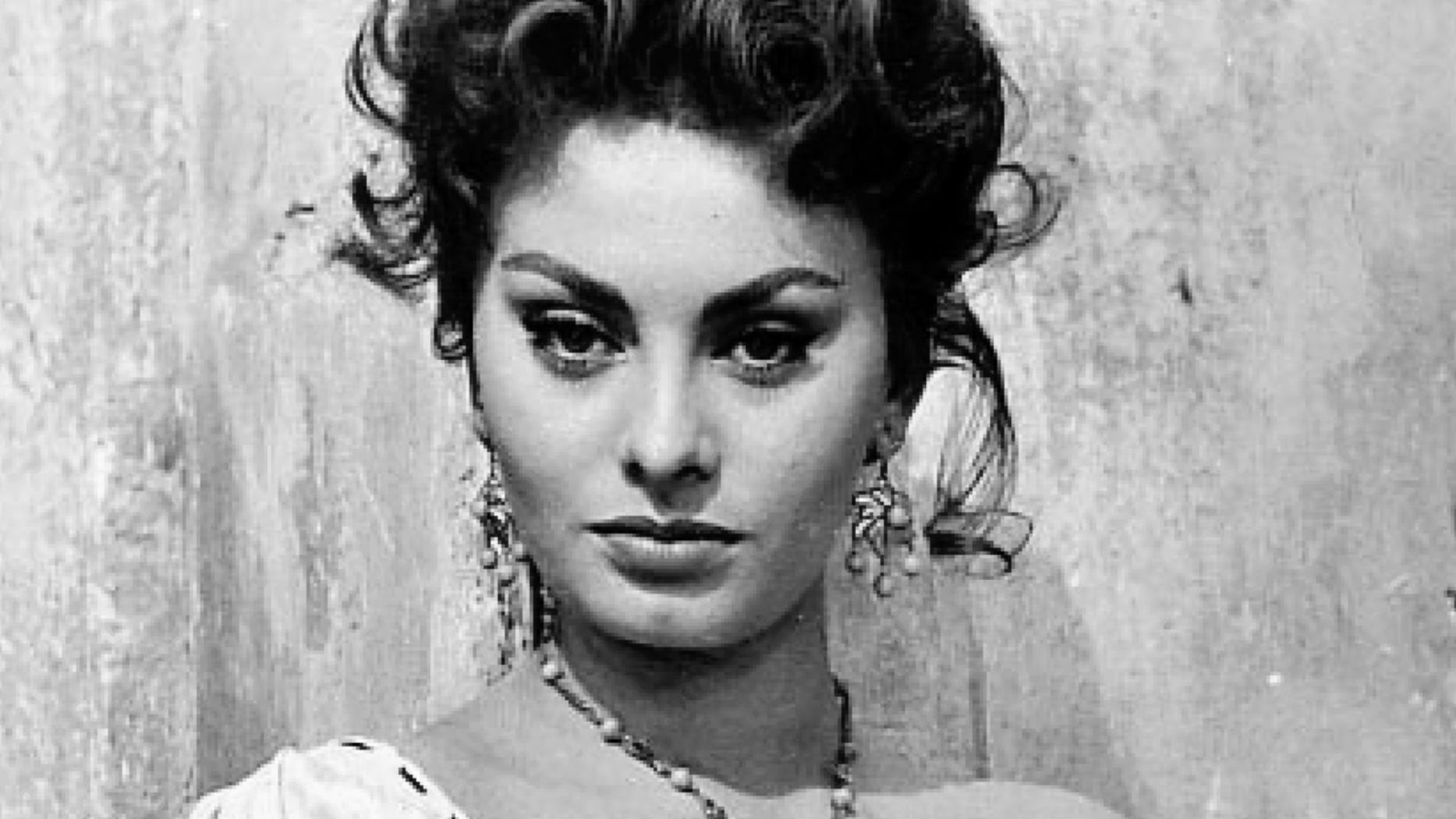 Movie studio, Wikimedia Commons
Movie studio, Wikimedia Commons
Elizabeth Taylor
In Cleopatra (1963), Elizabeth Taylor wore elaborate costumes designed by Irene Sharaff, which set off a fashion craze for dramatic eyeliner and ancient-inspired jewelry. Off-screen, she embraced bold prints and vibrant colors. Her 1960s red carpet appearances cemented her status as a symbol of opulent glamour.
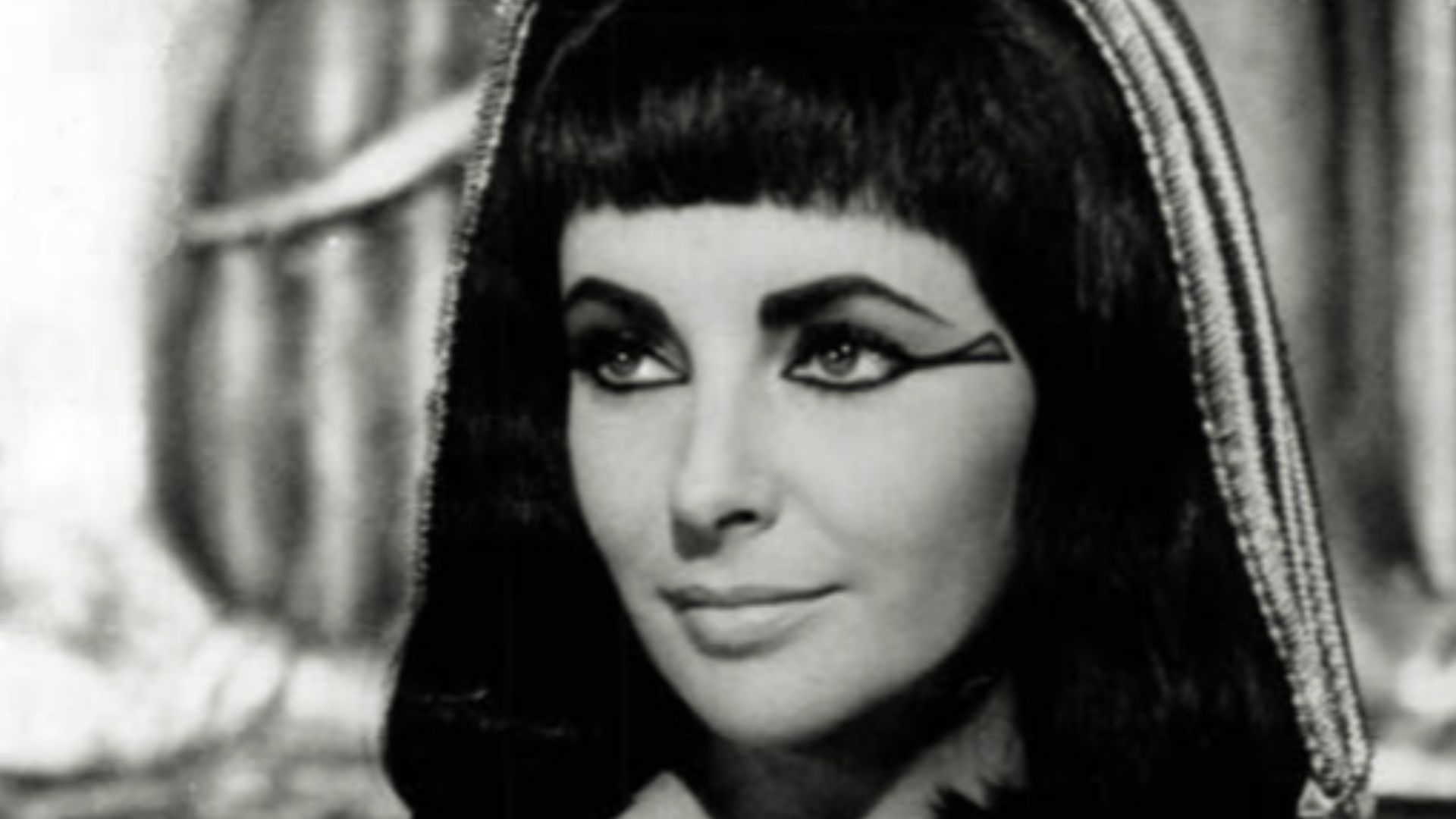 Renamed user 995577823Xyn, Wikimedia Commons
Renamed user 995577823Xyn, Wikimedia Commons
Anouk Aimee
Anouk Aimee's calm restraint in A Man and a Woman (1966) made her quiet style unforgettable. Dressed by Pierre Cardin in simple monochrome, she offered a study in understated modernism. Her fashion influence grew not through spectacle but by redefining red-carpet grace with a whisper, not a shout.
 A MAN AND A WOMAN | Official Trailer | STUDIOCANAL by STUDIOCANAL
A MAN AND A WOMAN | Official Trailer | STUDIOCANAL by STUDIOCANAL
Twiggy
When the Daily Express named her "The Face of 66", Twiggy became an instant global sensation. Her wide eyes, cropped haircut, and false lashes redefined beauty standards. In 1967, Mattel released a Twiggy Barbie doll, marking the first Barbie to be modeled after a real person.
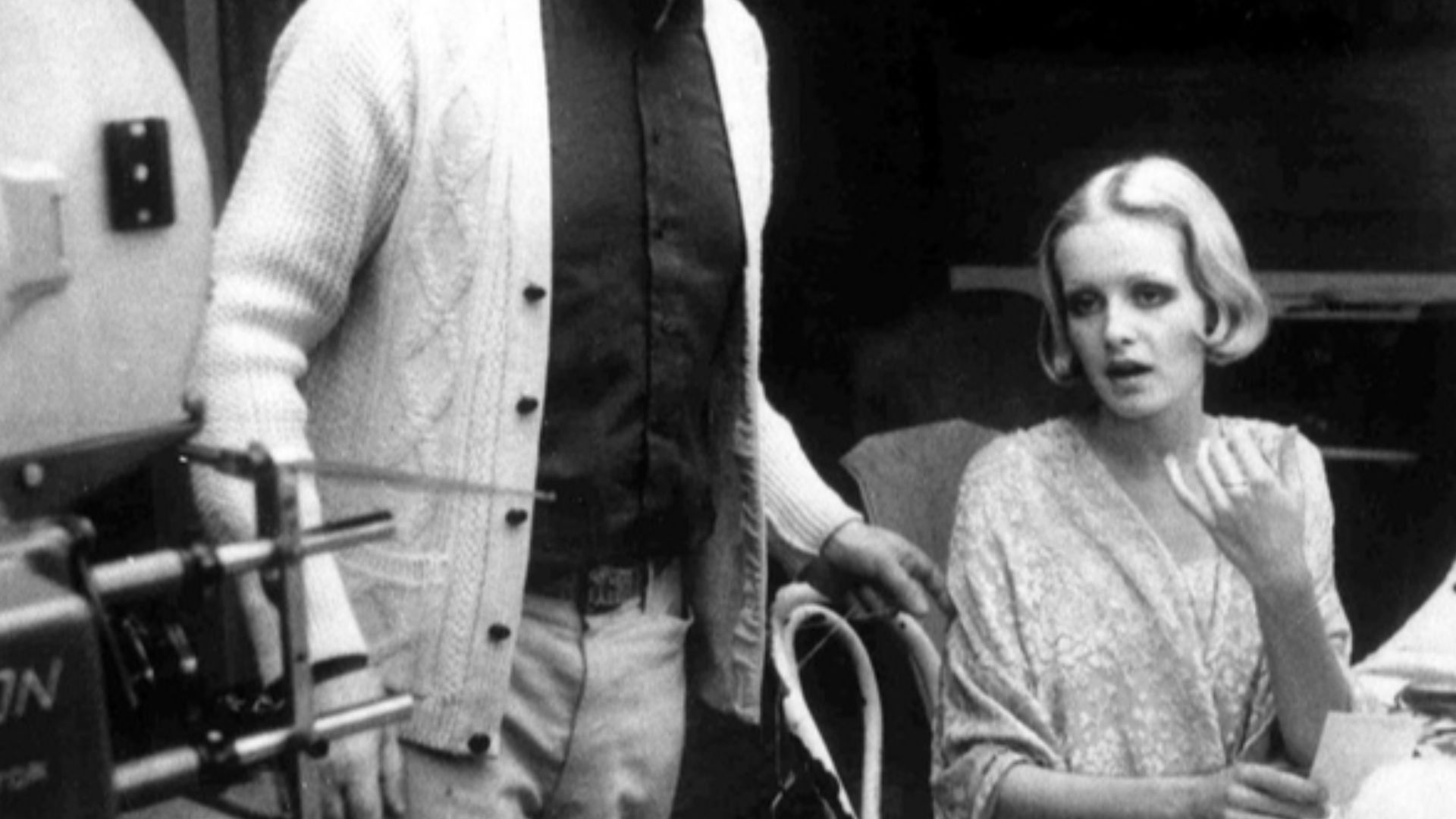 Unknown; photo credited to the U.S. Associated Press, Wikimedia Commons
Unknown; photo credited to the U.S. Associated Press, Wikimedia Commons
Jean Shrimpton
At Australia's 1965 Derby Day, Jean Shrimpton arrived in a white minidress four inches above the knee, without gloves or stockings. The event drew intense media coverage and public backlash. Her appearance is credited with accelerating the global acceptance of the miniskirt in mainstream women's fashion.
Veruschka
Veruschka's painted-body photos with Franco Rubartelli blurred fashion and fine art. She appeared on Life magazine's 1966 cover in hand-painted patterns, a first for the publication. Her cameo in Blow-Up (1966) positioned her as a symbol of avant-garde fashion in cinema.
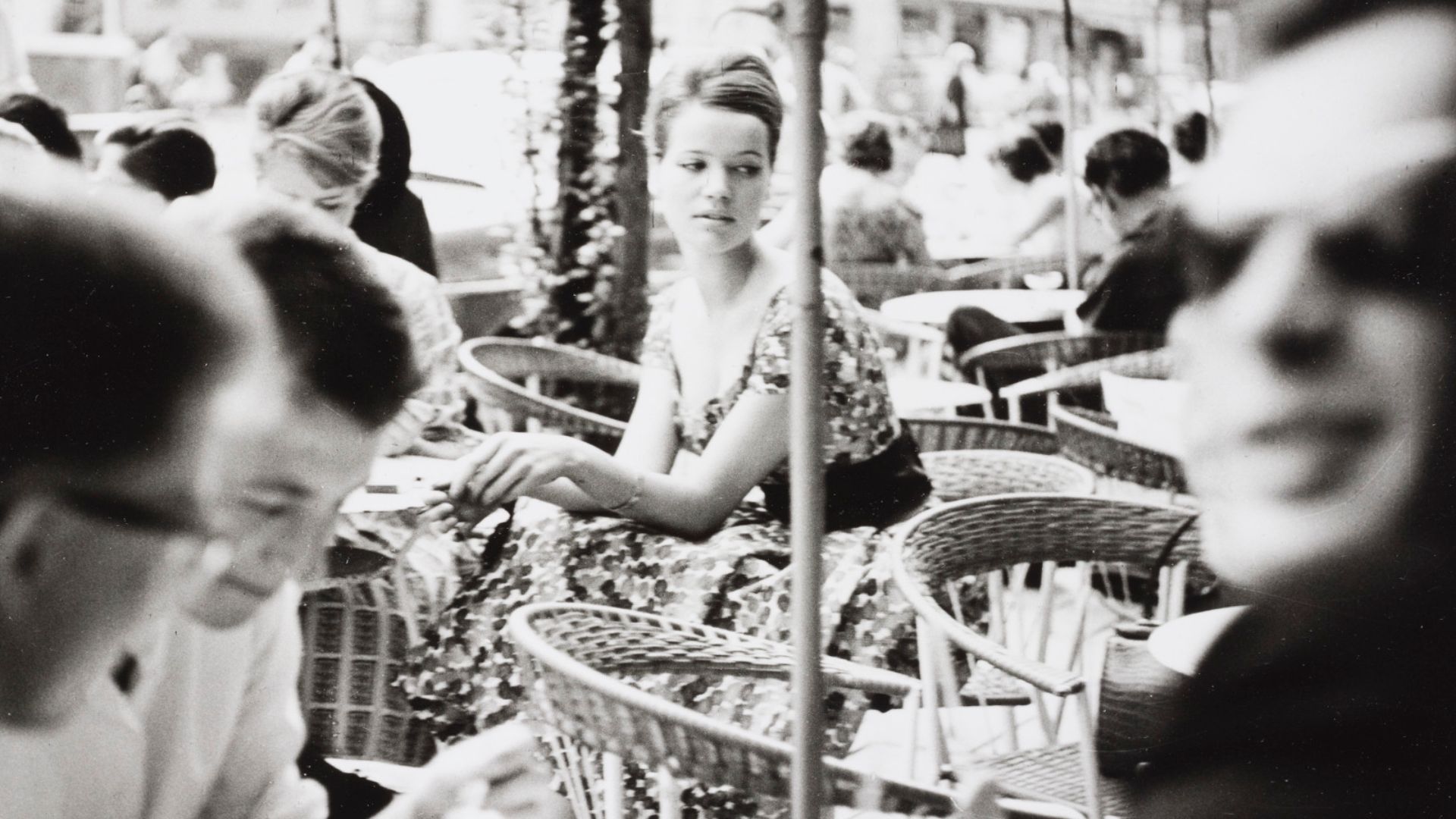 Barbara Niggl Radloff, Wikimedia Commons
Barbara Niggl Radloff, Wikimedia Commons
Edie Sedgwick
As Andy Warhol's "Superstar", Edie Sedgwick starred in experimental films, including Poor Little Rich Girl (1965). Her look—leotards and smudged eye makeup—became iconic in the New York underground scene. She modeled for Betsey Johnson's Paraphernalia boutique, which influenced the boutique's edgy fashion image.
 Edie Sedgwick;Poor Little Rich Girl by CIAOsydni
Edie Sedgwick;Poor Little Rich Girl by CIAOsydni
Penelope Tree
Her collaboration with designer Ossie Clark marked Penelope Tree's growing influence in British psychedelic fashion. She wore geometric dresses and metallic minis that defined the bold spirit of the late 60s. Public attention first turned to her at Truman Capote's 1966 Black and White Ball, photographed by Richard Avedon.
 Bettmann, Getty ImagesJackie Kennedy
Bettmann, Getty ImagesJackie Kennedy
As First Lady from 1961 to 1963, Jackie Kennedy worked with designer Oleg Cassini to craft her signature look—pillbox hats and pastel suits. Her 1962 India tour wardrobe was covered in Life and Paris Match, which drew international attention to American fashion diplomacy.
Princess Margaret
She was the first British royal to appear in Vogue, which helped bridge the aristocracy and 1960s fashion culture. Princess Margaret wore custom Norman Hartnell gowns at royal galas and London high-society events. Her preference for strapless dresses and jeweled tiaras gave the monarchy a strikingly modern visual identity.
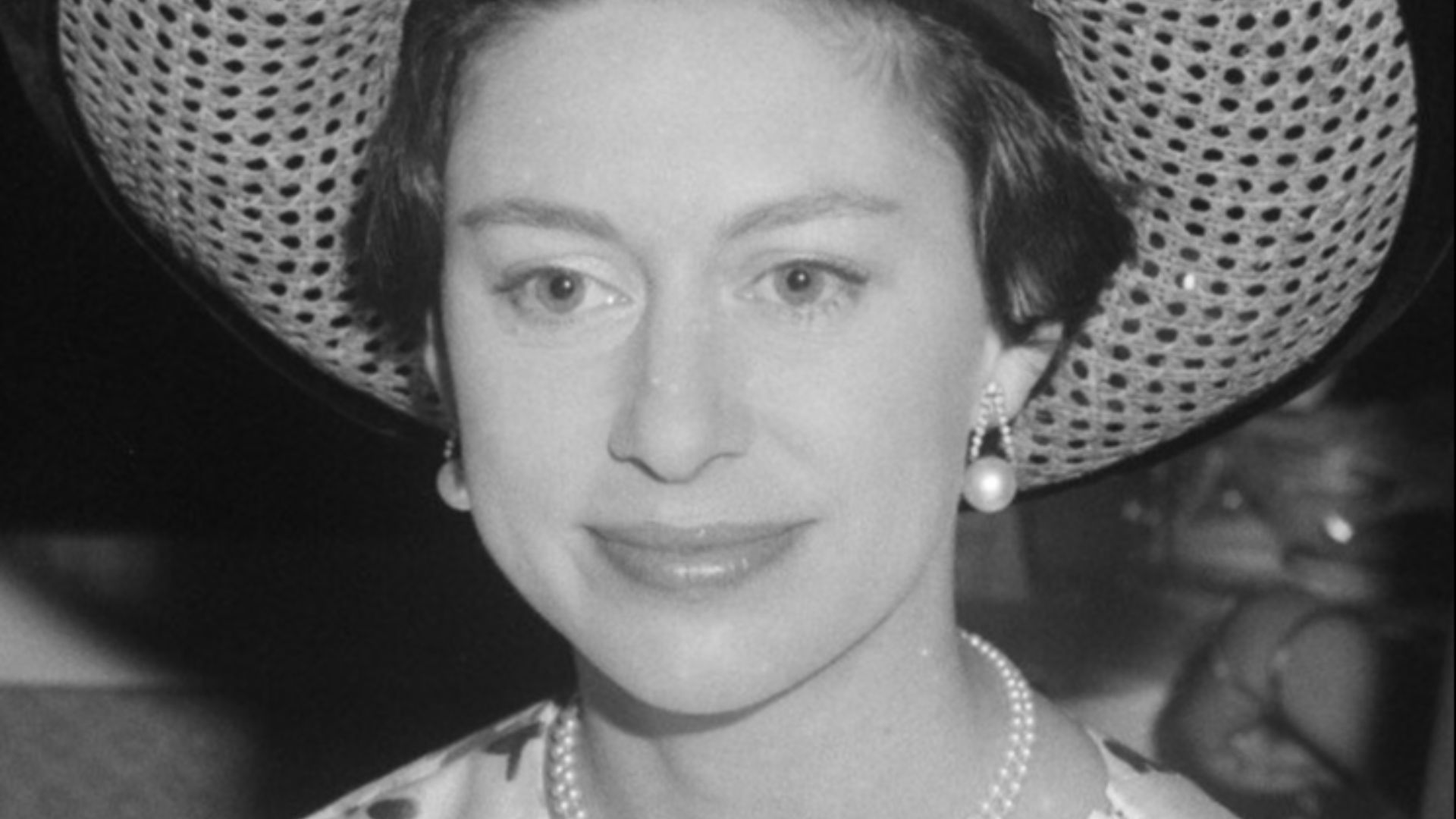 Joop van Bilsen for Anefo, Wikimedia Commons
Joop van Bilsen for Anefo, Wikimedia Commons
Coretta Scott King
Coretta Scott King favored tailored suits and modest accessories during the Civil Rights Movement. She appeared at key marches dressed in structured coats and veiled hats. Her elegant appearance projected dignity and resilience, and Ebony and Jet magazines covered it widely.
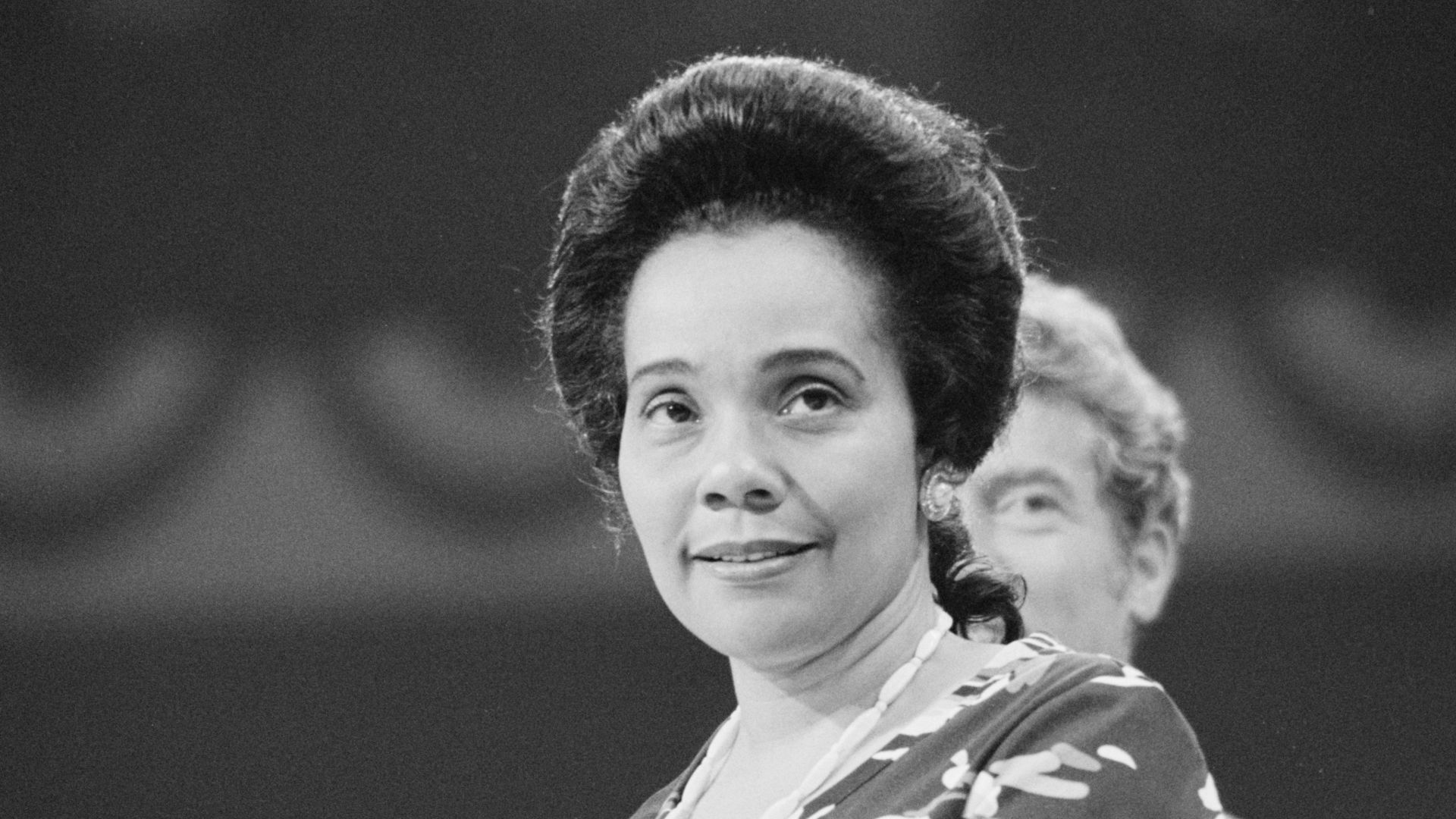 Warren K. Leffler, Wikimedia Commons
Warren K. Leffler, Wikimedia Commons
Lee Radziwill
Styled by Marc Bohan for Dior, Lee Radziwill became a fixture in the European and American fashion press. Her townhouse interiors appeared in Architectural Digest. As Jackie Kennedy's sister and a regular on Truman Capote's guest lists, she blurred the line between fashion and society.
Queen Farah Pahlavi
Queen Farah Pahlavi wore Dior and Saint Laurent gowns during state events in the 1960s. Her 1967 coronation crown was made by Van Cleef & Arpels. She promoted Iranian couture alongside European labels by using fashion to present a progressive image of Iranian cultural identity abroad.
Mary Quant
In 1955, Mary Quant opened Bazaar on King's Road in London. By the early 1960s, she had helped popularize the miniskirt by aligning it with youth freedom and rebellion. She also introduced colorful tights and PVC rainwear. In 2015, she was named a Dame for services to fashion.
Diana Vreeland
Diana Vreeland became Vogue's editor-in-chief in 1963, which reshaped its aesthetic with experimental layouts and surreal fashion editorials. She coined the term "youthquake" in 1965 to describe the cultural energy of the younger generation. Vreeland championed photographers like Richard Avedon and models such as Penelope Tree.
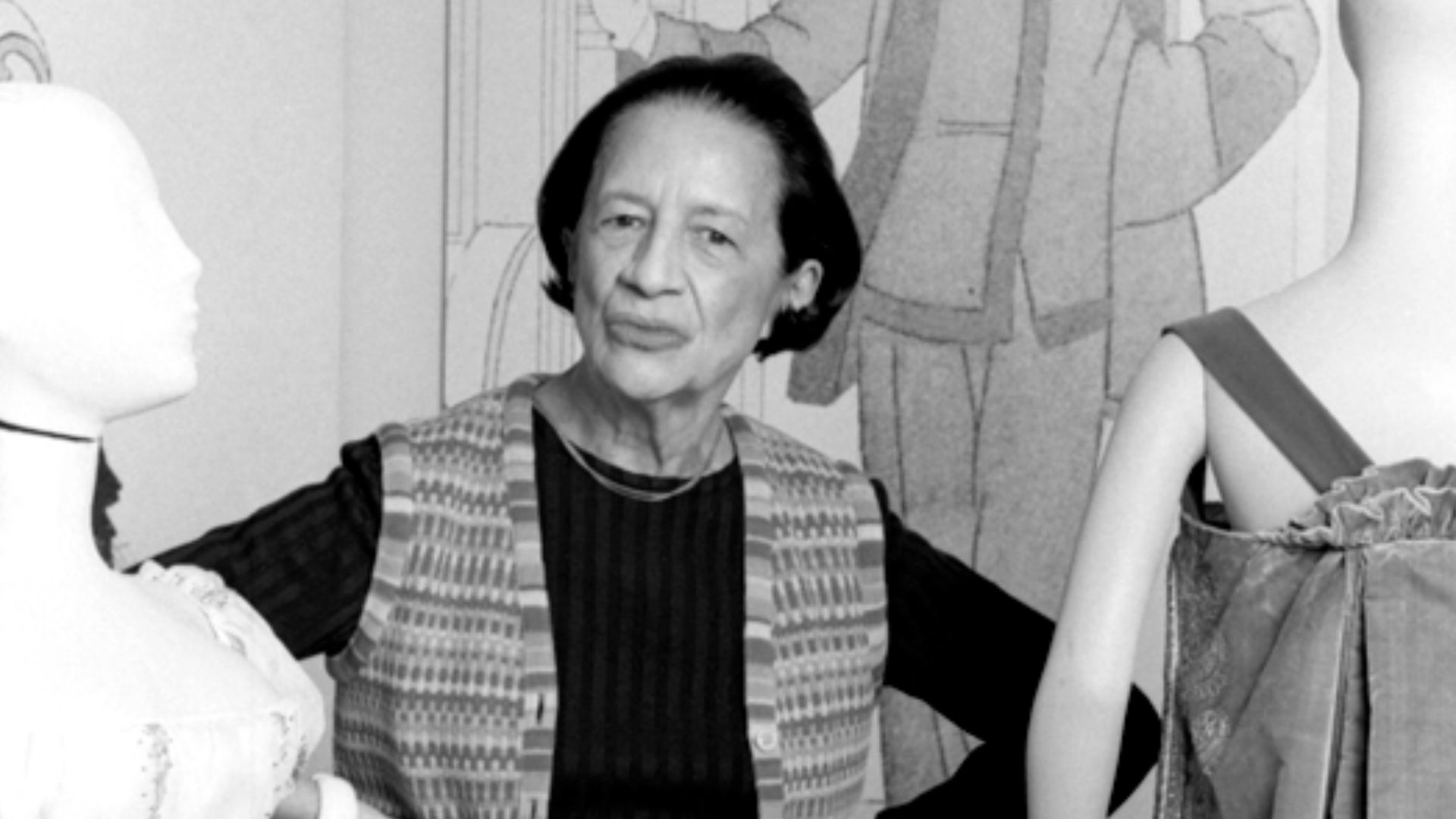 Lynn Gilbert, Wikimedia Commons
Lynn Gilbert, Wikimedia Commons
Barbara Hulanicki
Founded in 1964, Biba quickly attracted London's youth with its bold styles by drawing long queues outside its Kensington store. Barbara Hulanicki co-founded the brand and initially launched it through a mail-order catalog. She also designed pieces worn by Marianne Faithfull and Brigitte Bardot.
Emmanuelle Khanh
A former model, Emmanuelle Khanh, launched her ready-to-wear label in Paris during the early 1960s. She became the face of the designer-as-icon era. Known for oversized eyewear and bold cuts, she later influenced Karl Lagerfeld's youthful design shift. Her collections reflected modernism and mass accessibility.
 Evening Standard, Getty Images
Evening Standard, Getty Images
Sonia Rykiel
Sonia Rykiel began designing maternity wear in the early 1960s, which led to the creation of her signature "poor boy sweater". It gained recognition after Audrey Hepburn wore it in Vogue. During student protests, she pioneered inside-out seams and opened her Left Bank boutique in 1968.
Brigitte Bardot
Brigitte Bardot's fondness for gingham prints and breezy bohemian looks shaped her lasting image as a symbol of effortless French chic. In Contempt (1963), she wore Pierre Balmain designs that reinforced her global fashion status. The off-shoulder "Bardot neckline" became a summer trend in Saint-Tropez.
Catherine Deneuve
As the face of Chanel No 5 in 1973, Catherine Deneuve was widely recognized as a leading figure in luxury branding and cinematic style. She starred in Belle de Jour (1967) wearing Yves Saint Laurent designs, which became iconic for that film. The collaboration shaped her image in French media.
 John Springer Collection, Getty Images
John Springer Collection, Getty Images
Julie Christie
Julie Christie’s loose silhouettes and layered textures earned her a spot on Vogue’s “Best Dressed” list in 1967. She wore Mary Quant’s mod designs on and off screen. That same year, she was celebrated for her role in Darling (1965), for which she won an Oscar in 1966.
Romy Schneider
Karl Lagerfeld styled Romy Schneider during his early years at Chloe, which introduced structured black dresses often paired with pearls. She had earlier gained fame as Empress Elisabeth in the Sissi trilogy. In the 1960s, she transitioned into modern French cinema with a refined Parisian sensibility.
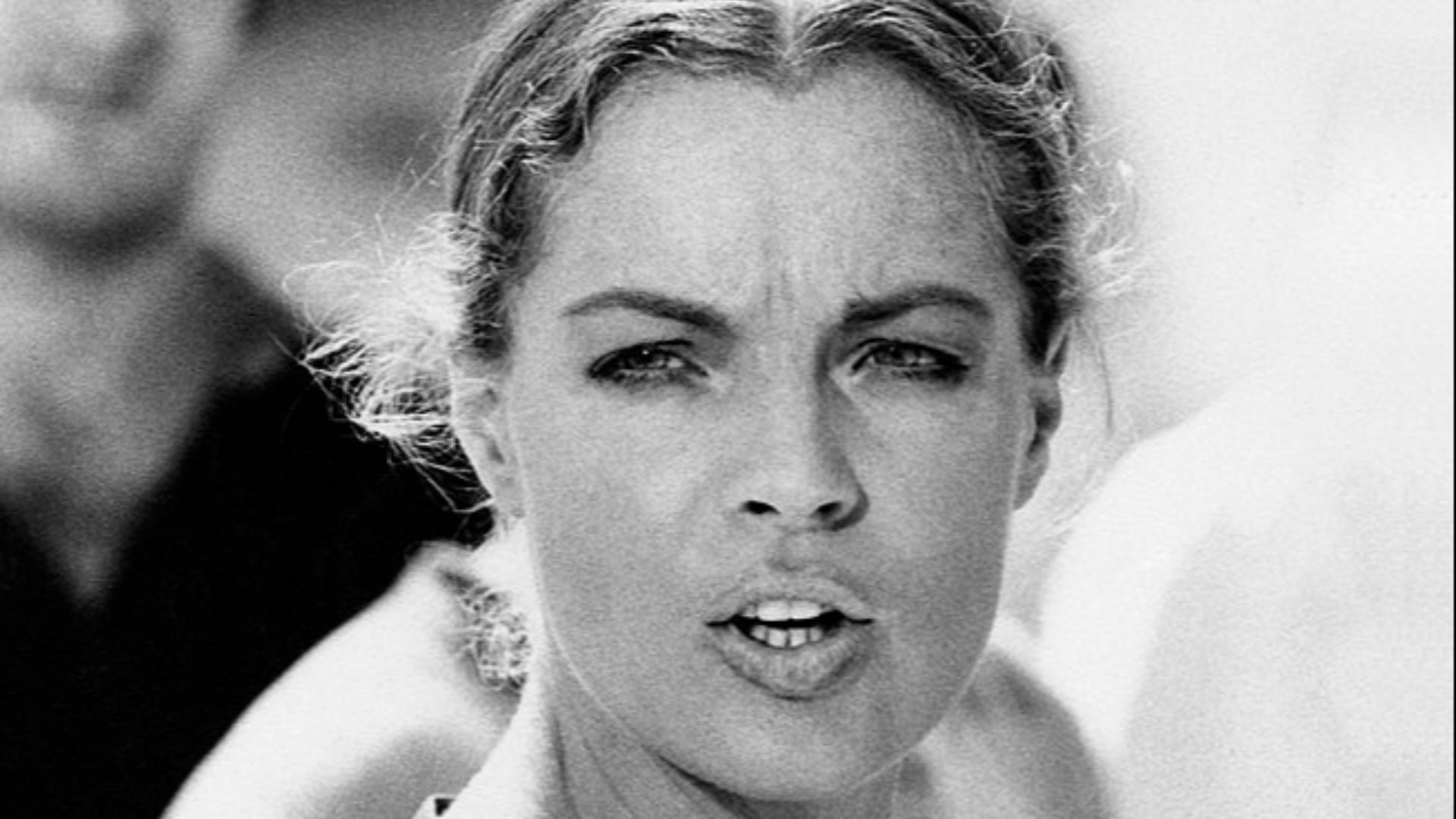 Rino Petrosino (Mondadori Publisher), Wikimedia Commons
Rino Petrosino (Mondadori Publisher), Wikimedia Commons
Claudia Cardinale
Known for favoring Sorelle Fontana's Italian tailoring, Claudia Cardinale became a visible ambassador of Italian cinematic glamour. She appeared in landmark films such as The Leopard (1963) and 8½ (1963), where she wore intricate period costumes. She was also a regular at the Cannes and Venice festivals.
 Sunset Boulevard, Getty Images
Sunset Boulevard, Getty Images
Diana Ross
Diana Ross frequently performed on The Ed Sullivan Show while wearing sequined gowns that reflected The Supremes' polished image and synchronized elegance. She later collaborated with Bob Mackie for solo stagewear. In 1969, she appeared on the cover of Rolling Stone as a rising solo icon.
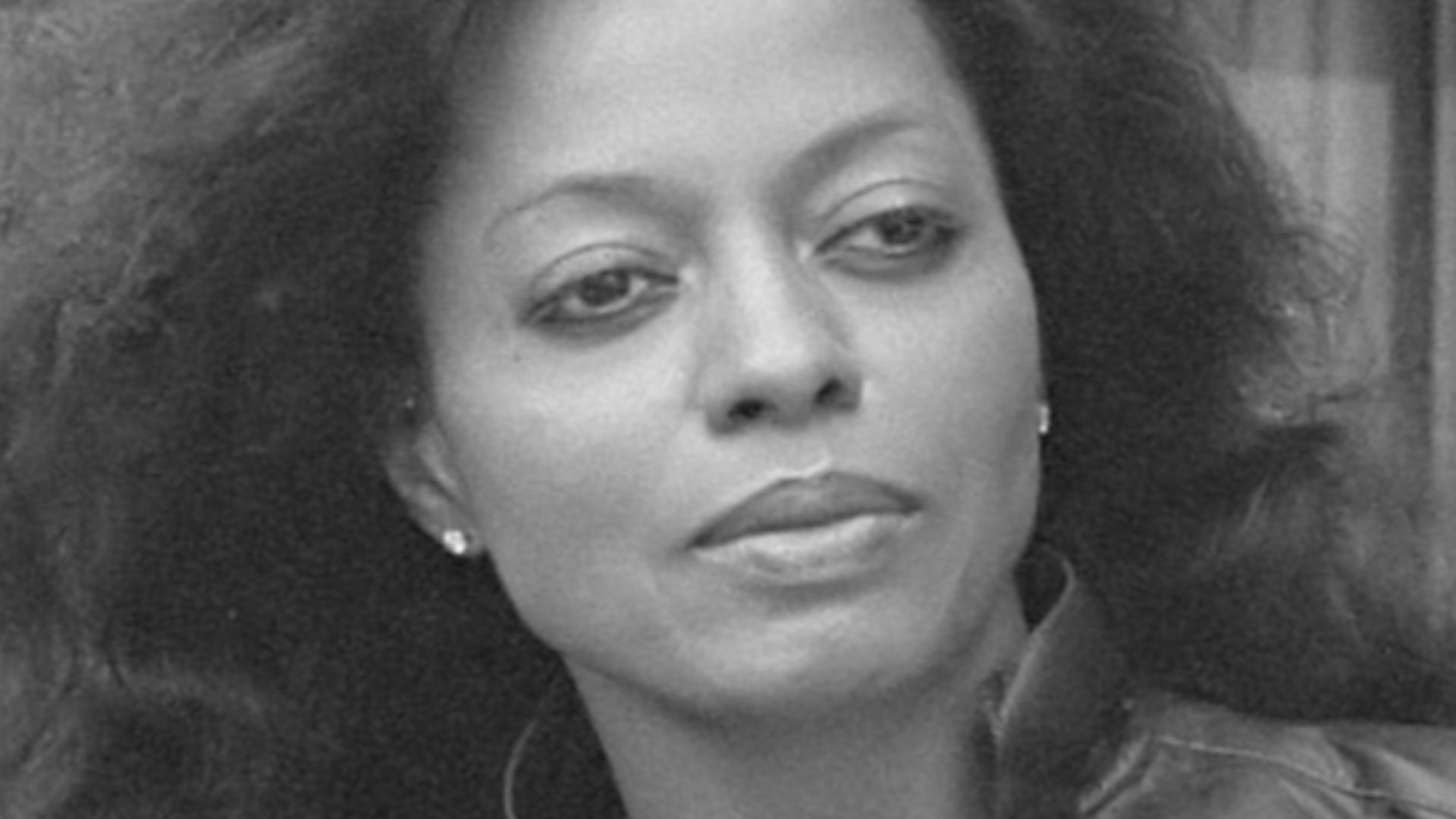 Rob Bogaerts / Anefo, Wikimedia Commons
Rob Bogaerts / Anefo, Wikimedia Commons
Dusty Springfield
Dusty Springfield's signature bouffant hairstyle and heavy eye makeup became instantly recognizable during her 1960s performances. She wore beaded gowns and miniskirts on stage. Her image and music helped shape British girl-group style and strongly influenced the Northern Soul scene in the UK.
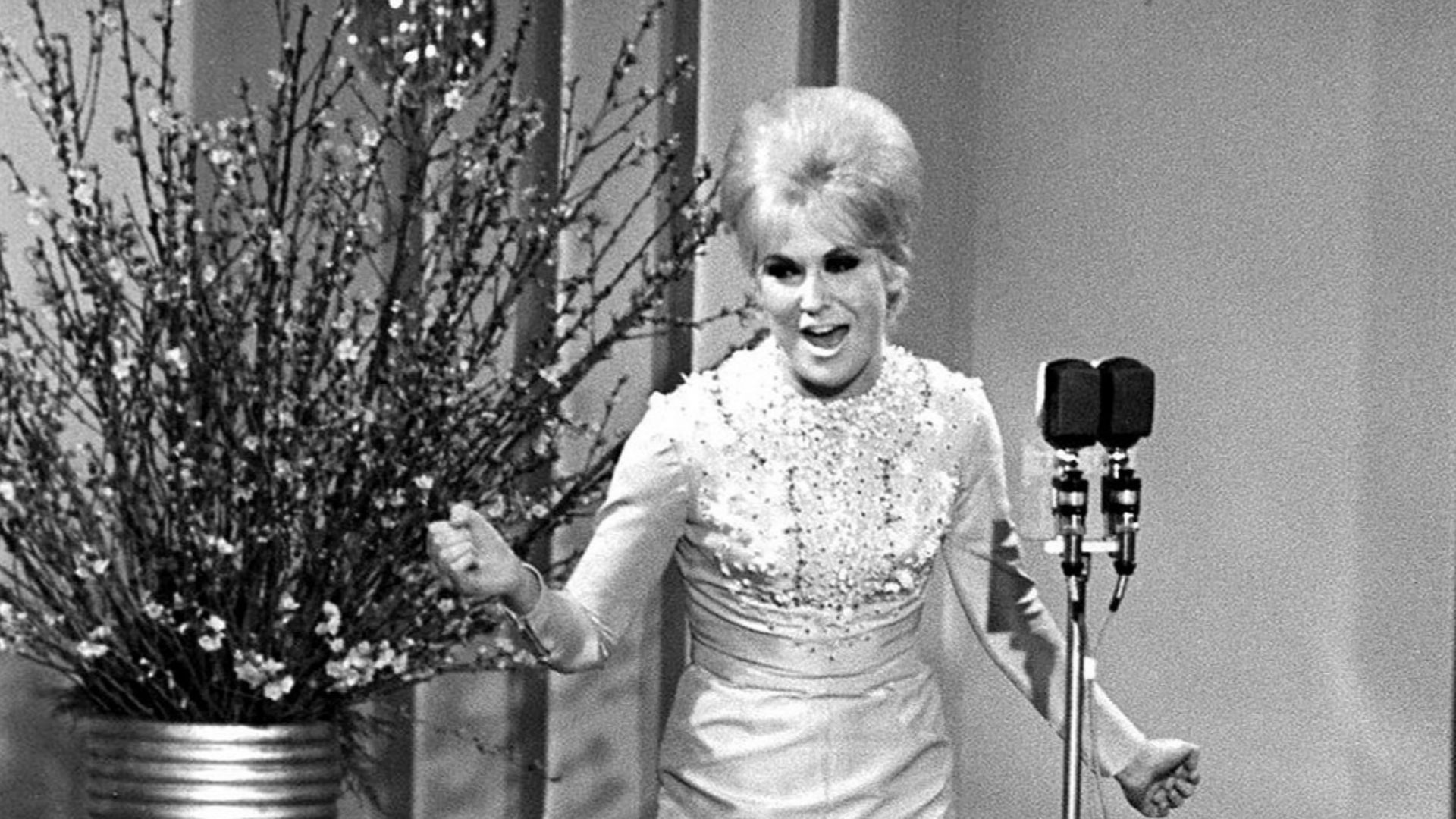 Dezo Hoffman, Wikimedia Commons
Dezo Hoffman, Wikimedia Commons
Francoise Hardy
French pop singer Francoise Hardy worked closely with designer Andre Courreges, often wearing his futuristic designs. She paired space-age silver boots with minimal shift dresses. Her fashion-forward image appeared in Elle and in portraits by Jean-Marie Perier, which made her a muse for the ye-ye generation.
Nancy Sinatra
When Nancy Sinatra released "These Boots Are Made for Walkin'" in 1966, it sparked a global craze for go-go boots. Her bold wardrobe—marked by graphic mini dresses and futuristic flair—often featured collaborations with designers such as Paco Rabanne. By the decade's end, she was a fixture in fashion magazines, where pop music and style collided.
Marianne Faithfull
In the mid-1960s, Marianne Faithfull wore Victorian-inspired lace and velvet, which reflected her early folk image. She frequented shops like Granny Takes a Trip and the Indica Gallery. And in complete contrast, she adopted a tougher look—leather jackets and fringe—that mirrored changes in her music and persona by the late 60s.
Maharani Gayatri Devi
Featured in Vogue in 1967, Maharani Gayatri Devi wore traditional chiffon saris that showcased Indian royal elegance. She combined aristocratic heritage with modern poise. While serving in the Indian Parliament, she maintained a regal public image that reinforced fashion's place within global diplomacy.
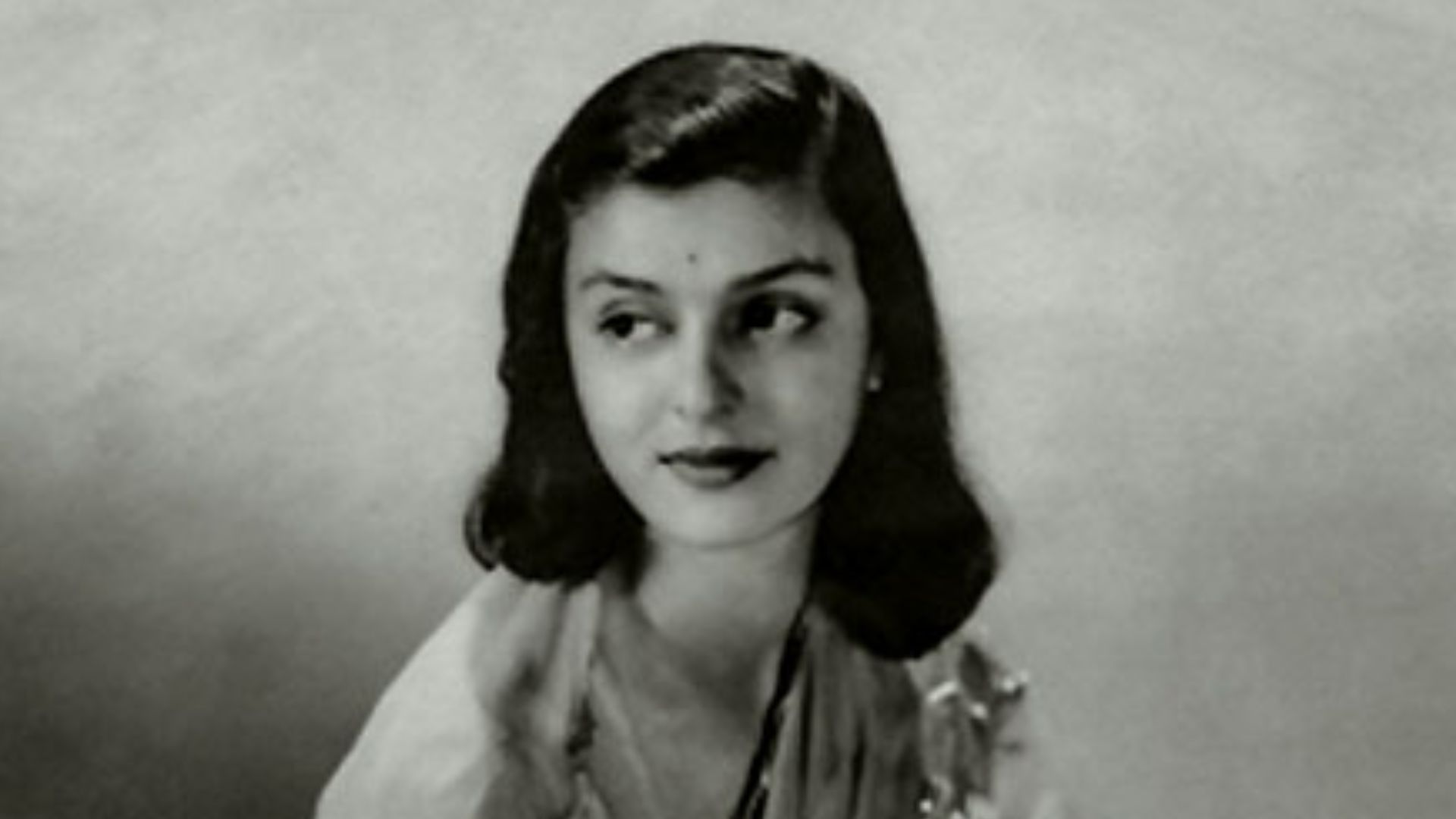 Unknown authorUnknown author, Wikimedia Commons
Unknown authorUnknown author, Wikimedia Commons
Raquel Welch
Raquel Welch gained international fame in the 1960s through roles in films like One Million Years B.C. (1966), where her iconic fur bikini became a pop culture phenomenon. She frequently appeared in fashion spreads and posters that merged cinematic appeal with a strong, athletic image that defined mid-60s femininity.
Maria Callas
Frequently seen in sleek Dior evening gowns, Maria Callas projected a refined aesthetic that helped define high-society glamour. Her operatic talent earned her global acclaim. Media coverage intensified through her relationship with Aristotle Onassis, with features in Life and Harper's Bazaar reinforcing her iconic image.
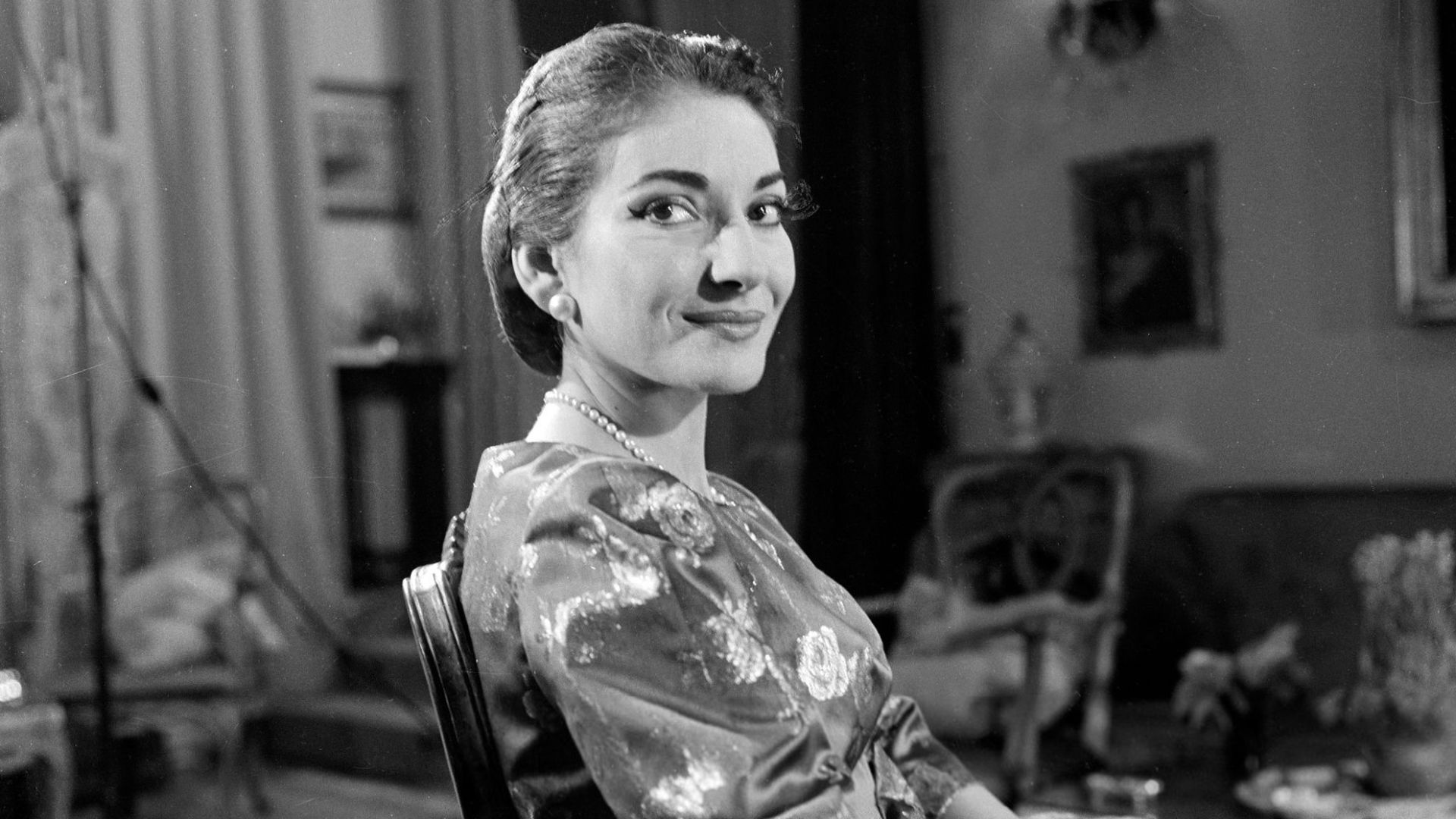 CBS Television, Wikimedia Commons
CBS Television, Wikimedia Commons
Sharmila Tagore
In 1966, Sharmila Tagore became the first Indian actress to grace the cover of an Indian magazine wearing a bikini. Earlier, she starred in Kashmir Ki Kali (1964) and Satyajit Ray's Devi (1960), where she wore traditional and modern attire. Her image reflected the evolving ideals of Indian femininity.
Ursula Andress
The white bikini in Dr. No (1962) became one of cinema's most referenced fashion moments. Ursula Andress, who played Honey Ryder, wore the look with striking ease. Her image, featured widely in global magazines, helped turn 1960s swimwear into a defining statement of cinematic sensuality.
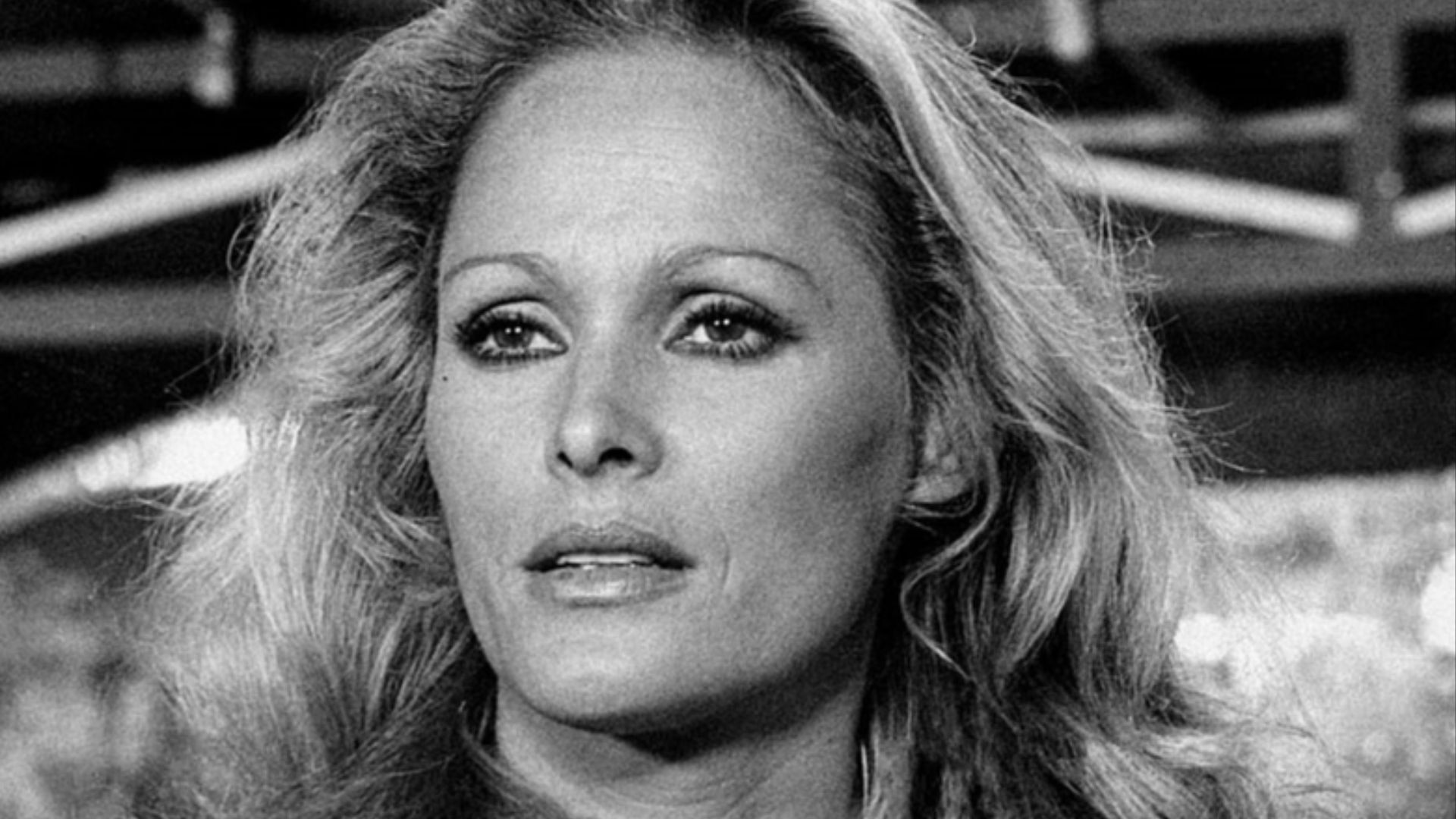 Unknown (Mondadori Publishers), Wikimedia Commons
Unknown (Mondadori Publishers), Wikimedia Commons
Anita Pallenberg
Anita Pallenberg starred in Barbarella (1968) as The Great Tyrant, a.k.a Black Queen of Sogo, in dominatrix-inspired costumes that projected power and allure. Though Joan Greenwood dubbed her voice, her image stood out. Off-screen, she shaped the Rolling Stones’ late-60s fashion through fringe and bohemian flair.
Gloria Guinness
Throughout the 1960s, Gloria Guinness appeared more than 30 times in Vogue, often wearing custom designs by Givenchy and Balenciaga. A member of Truman Capote's circle of "Swans", her look was a benchmark of aristocratic elegance in mid-century fashion writing and high-society photo features.
Yoko Ono
During the 1969 Bed-In for Peace with John Lennon, Yoko Ono wore minimalist white outfits that echoed her 1960s performance art wardrobe. She embraced unisex fashion before it was mainstream. Her style unified personal expression and activism by establishing visual protest as part of the artistic language of the era.
Marisa Berenson
Photographed by Helmut Newton and Richard Avedon for Vogue in the late 1960s, Marisa Berenson quickly became a style icon. A granddaughter of Elsa Schiaparelli, she often wore early Halston and Missoni. Her career merged fashion lineage with the experimental edge of late-60s media culture.
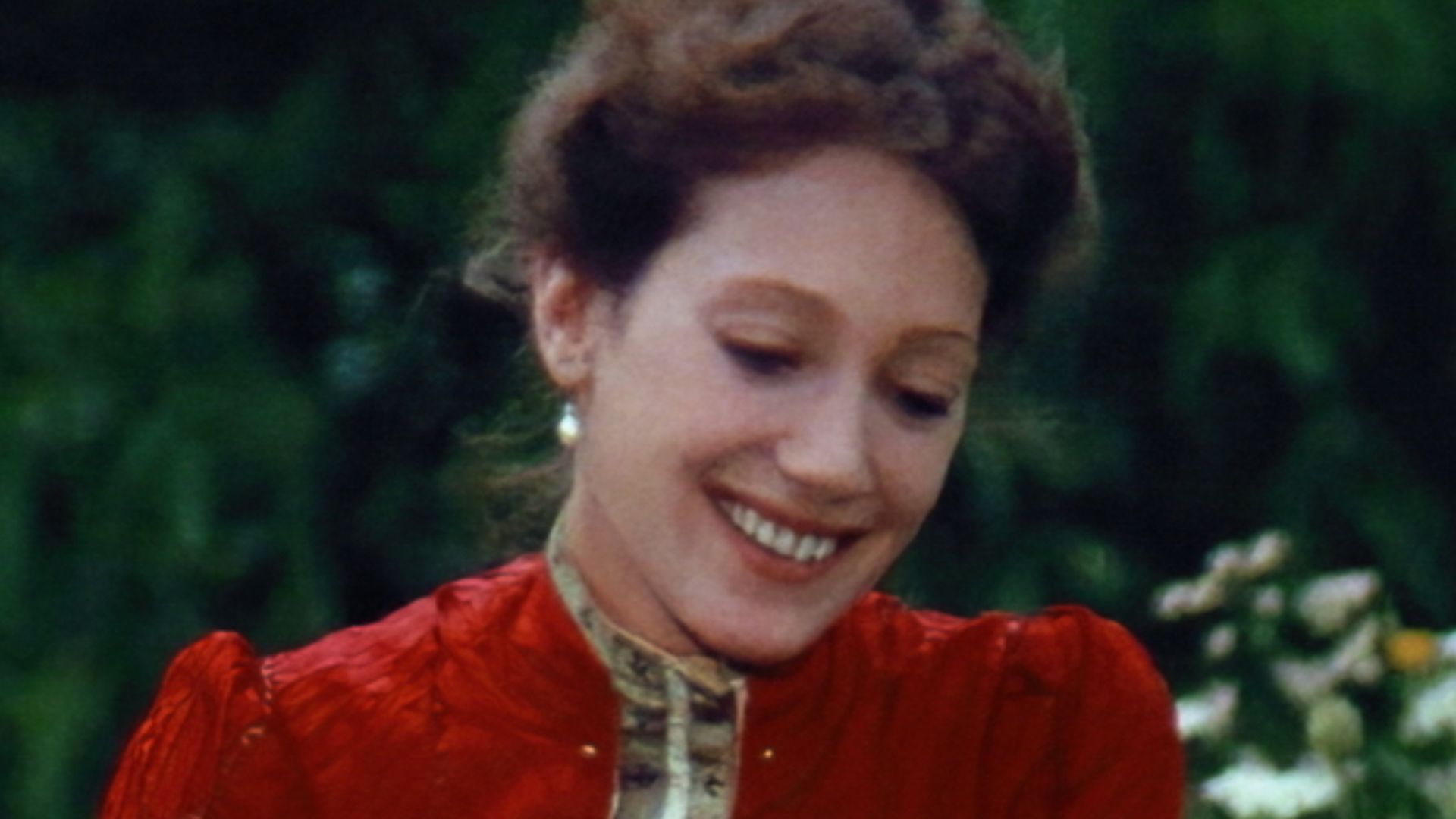 Alfa Cinematografica, Wikimedia Commons
Alfa Cinematografica, Wikimedia Commons
Jane Birkin
With her role in Slogan (1969) opposite Serge Gainsbourg, Jane Birkin began a visible artistic and romantic partnership. Off-screen, she favored simple cotton dresses and straw baskets. Though the Hermes Birkin bag arrived in 1984, its understated aesthetic was rooted in her earlier style legacy.
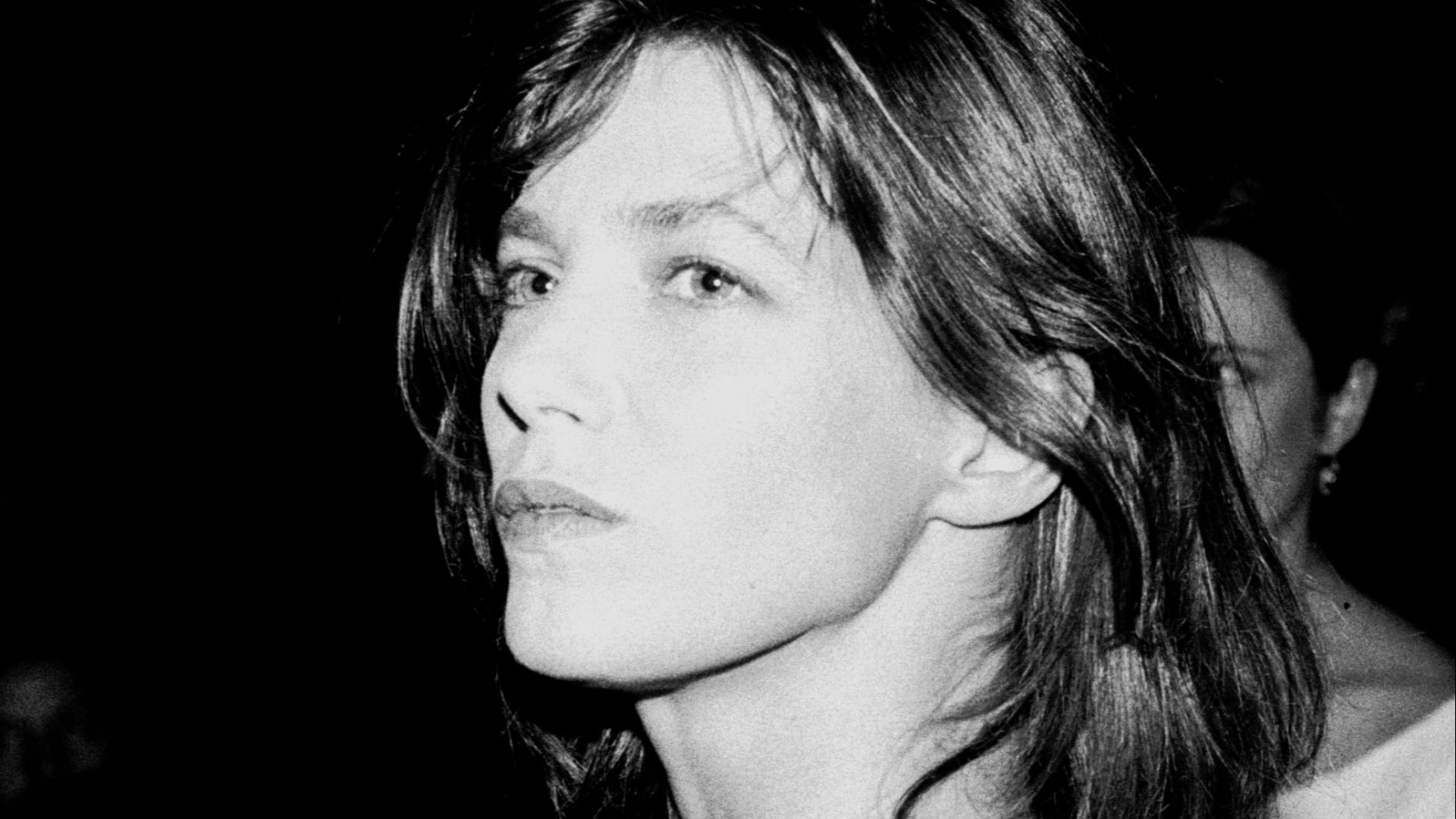 Roland Godefroy, Wikimedia Commons
Roland Godefroy, Wikimedia Commons
Mia Farrow
In 1966, Mia Farrow married Frank Sinatra while dressed in a pale two-piece suit that defied bridal norms. Although Vidal Sassoon later promoted the cut, Farrow said she initially trimmed her pixie haircut. Her on-screen wardrobe often included youthful pieces like gingham and mod-style miniskirts.
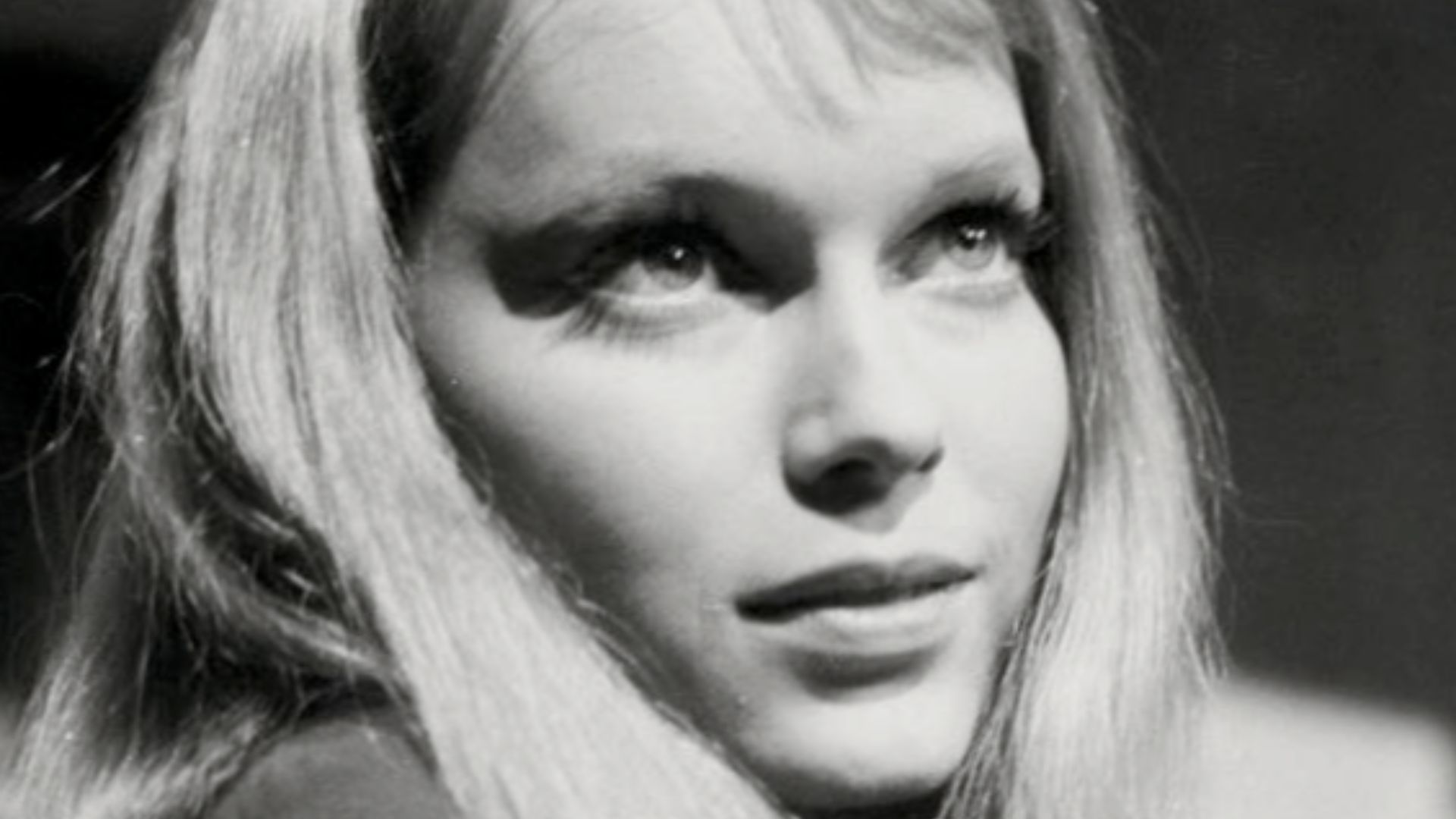 Unknown authorUnknown author, Wikimedia Commons
Unknown authorUnknown author, Wikimedia Commons
Angela Davis
Her 1970 FBI Wanted poster, which featured her natural afro, became one of the most circulated political images of the decade. Angela Davis wore leather jackets and dark turtlenecks at public appearances. Her hairstyle, widely emulated by Black youth, emerged as a widely recognized emblem of power and cultural resistance.
 San Francisco Chronicle/Hearst Newspapers, Getty Images
San Francisco Chronicle/Hearst Newspapers, Getty Images
Cher
Cher’s blend of folk influences and bold stagewear began reshaping her public image in the late 1960s. In 1967, she started working with Bob Mackie, whose designs later defined her looks on The Sonny & Cher Comedy Hour, which premiered in 1971. Sequined outfits and midriff-baring styles became her signature.
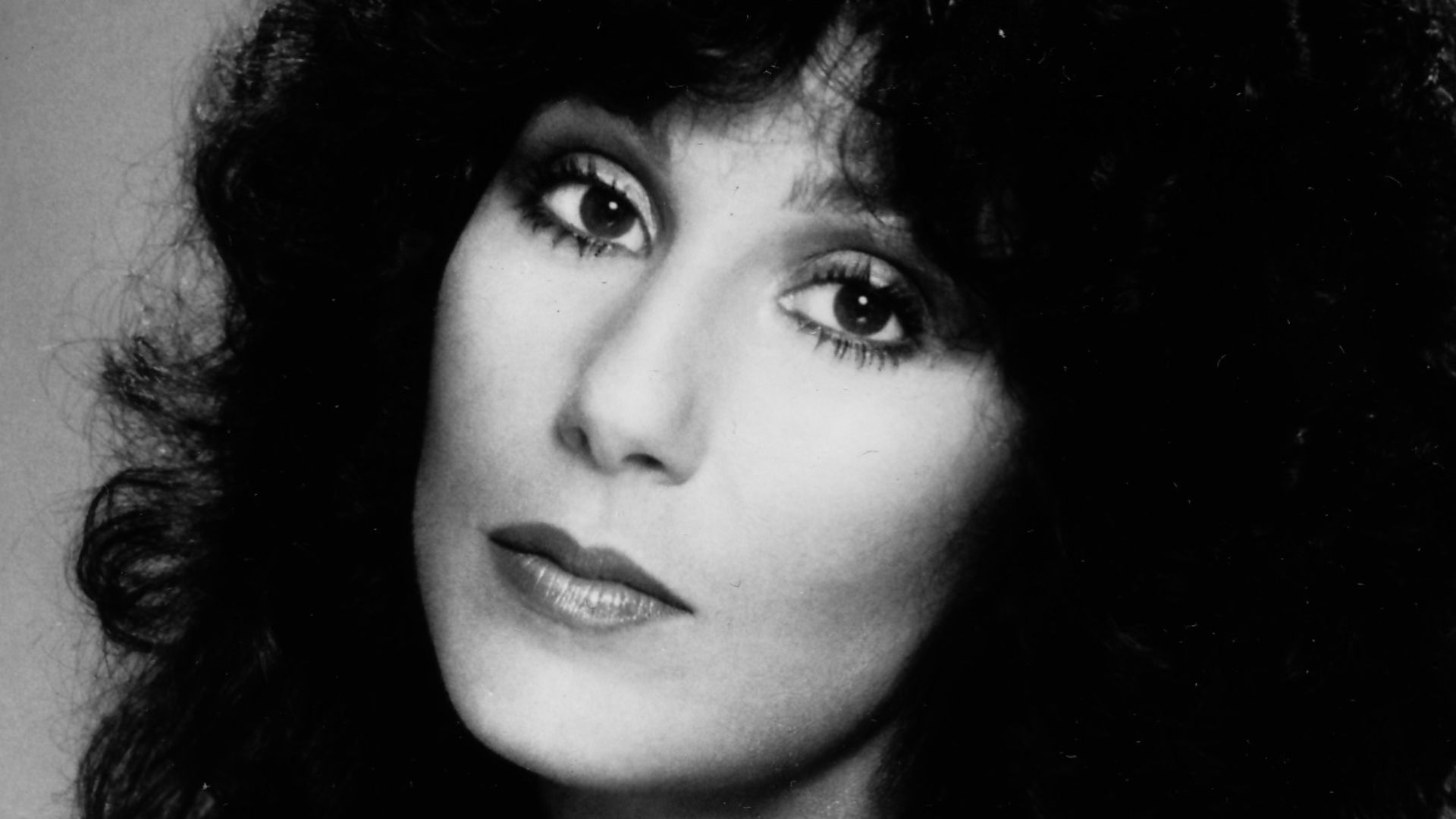 Casablanca Records, Wikimedia Commons
Casablanca Records, Wikimedia Commons
Lauren Hutton
In 1968, Lauren Hutton signed a groundbreaking cosmetics contract with Revlon, one of the first of its kind for a model. Her visible tooth gap appeared on Vogue covers, which challenged industry norms. She favored relaxed styles like trench coats and wide-leg trousers, often sourced from Ralph Lauren.

